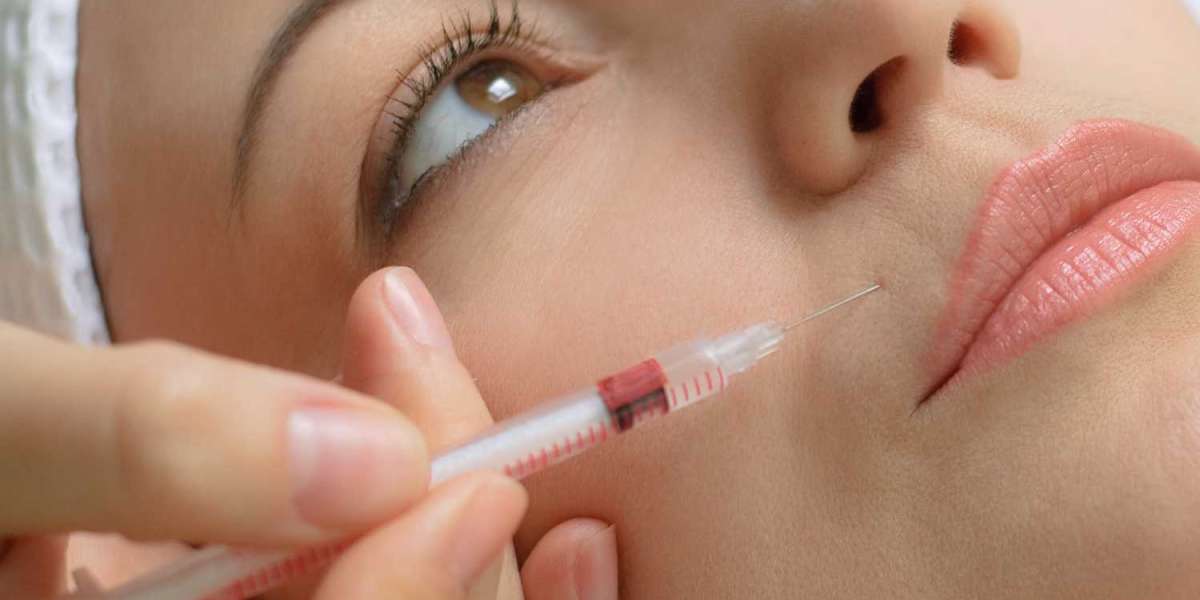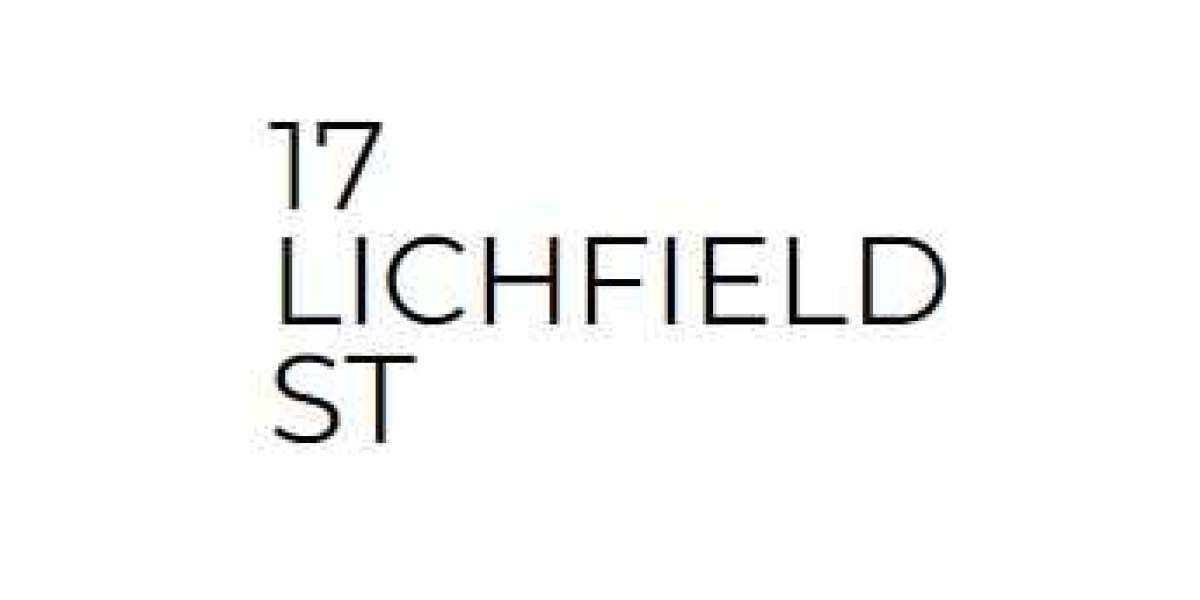Botox, a popular cosmetic treatment known for its wrinkle-reducing properties, often raises questions about how it works and where it is injected. Understanding its mechanism is crucial to appreciate the science behind its effectiveness. If you're considering Botox Injection in Islamabad, this guide will help you understand the process better.
What is Botox?
Botox is a neurotoxin derived from Clostridium botulinum bacteria. While the term "toxin" may sound alarming, it is safe when used in controlled, small doses by qualified professionals. Botox temporarily paralyzes targeted muscles, which helps reduce the appearance of fine lines and wrinkles.
Where is Botox Injected: Muscle or Nerve?
Targeting the Muscle
Botox is primarily injected into specific muscles. Its main goal is to block the nerve signals that cause muscle contractions. By preventing these contractions, Botox smooths out dynamic wrinkles—those formed from repetitive facial movements like frowning, squinting, or smiling.
How Does It Work?
When injected into the muscle, Botox interferes with the release of acetylcholine, a neurotransmitter responsible for signaling muscle contractions. Without this chemical messenger, the muscle remains relaxed, and the overlying skin appears smoother.
Does It Affect the Nerves Directly?
While Botox's action starts at the nerve endings, it does not target the nerve itself. Instead, it blocks the communication between the nerve and the muscle. This selective blocking ensures that Botox only affects the intended area without altering overall nerve function.
Common Areas for Botox Injections
- Forehead Lines: Injected into the frontalis muscle.
- Frown Lines (Glabellar Lines): Targeted in the corrugator and procerus muscles.
- Crow’s Feet: Applied to the orbicularis oculi muscle.
- Bunny Lines: Injected into the nasalis muscle.
- Jawline Contouring: Used in the masseter muscles.
What to Expect During the Procedure
The Injection Process
A trained practitioner will clean the area and may apply a numbing cream. Using a fine needle, they inject small amounts of Botox into the targeted muscles. The procedure is quick, often taking just 10-15 minutes.
Aftercare and Recovery
- Avoid rubbing the treated area for at least 24 hours.
- Refrain from strenuous activities for a day.
- Stay upright for 4-6 hours post-treatment.
Results typically appear within 3-5 days and last 3-6 months, depending on individual factors.
Potential Side Effects
While Botox is generally safe, some individuals may experience:
- Mild bruising or swelling at the injection site
- Temporary headaches
- Slight drooping of the eyelid (rare)
- Flu-like symptoms (rare)
Choosing an experienced professional reduces the risk of complications.
Why Choose Professional Botox Services?
Selecting a reputable clinic ensures that you receive high-quality care with optimal results. Clinics like Royal Cosmetic Surgery PK offer expert practitioners skilled in administering Botox safely and effectively.
Final Thoughts
Botox is injected into muscles to block nerve signals that cause unwanted facial movements. It doesn’t target nerves directly but works at the neuromuscular junction to relax specific muscles. Understanding this process helps you make informed decisions about your cosmetic treatments.








